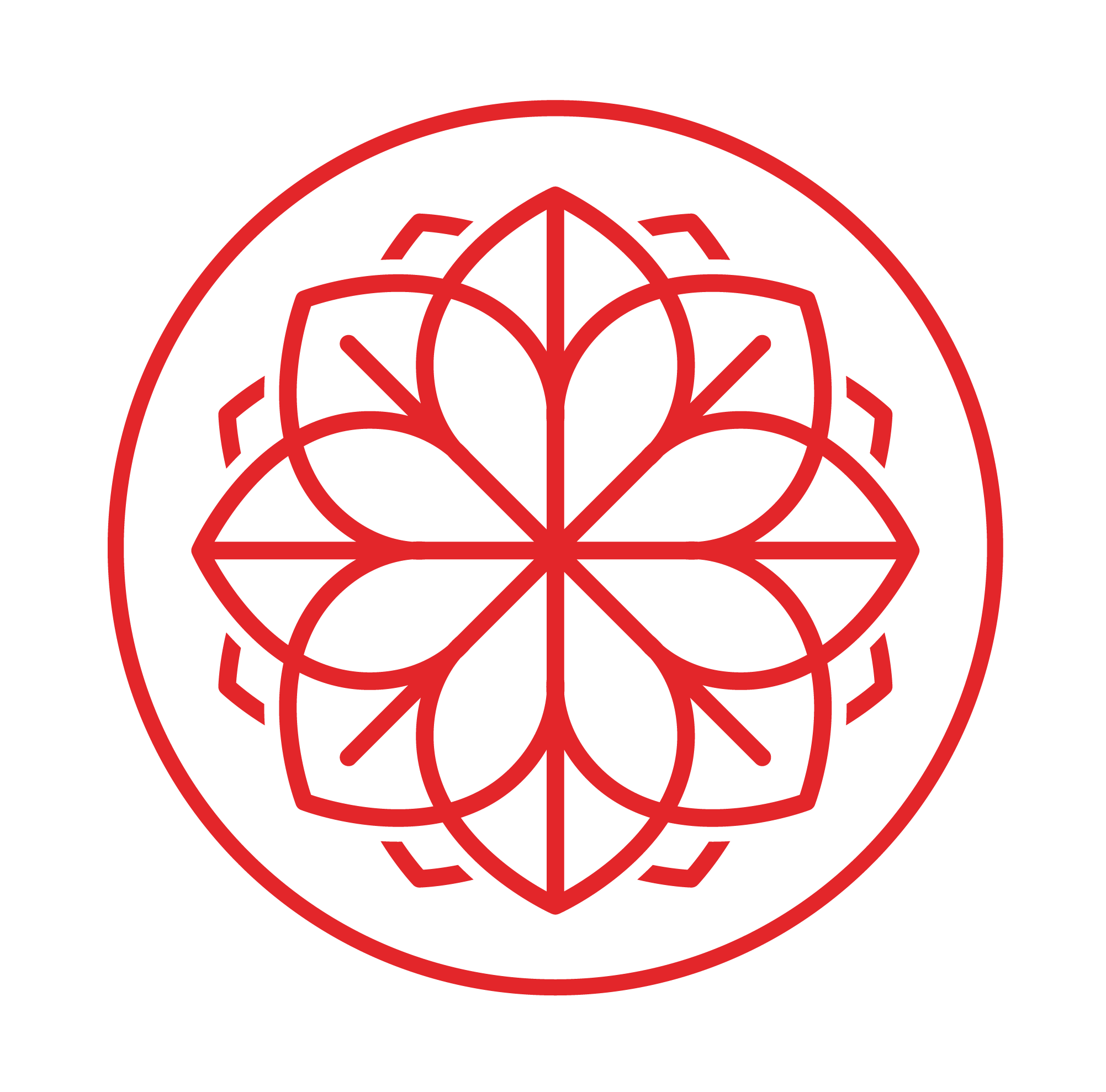When was the last time you felt relaxed and regulated? With a calm mind, steady heart rate, regular digestion, easy breathing….
Has it been a while? The idea of being fully relaxed can seem like a tall order these days, where experiencing high levels of anxiety and stress appears to be normal. Over time, the nervous system may forget how to feel relaxed and regulated. If this sounds familiar, practicing self-care can be a way to feel regulated, to remind our nervous systems that relaxation is not only possible, but it can be normal again.
Our bodies are amazing. Within our eleven organ systems, we have a central nervous system, which further branches into the autonomic and somatic nervous systems. Somatic governs our conscious voluntary movements, while autonomic manages vital functions that are mostly involuntary. Vital processes like heart rate, digestion, hormone regulation, and breathing. The autonomic nervous system divides further into the sympathetic (aka fight-or-flight, or stress response) and parasympathetic (aka rest-and digest) systems.
(Don’t worry about the fact that most of these systems appear to have more than one name, many structures in our body have been given more than one name too. But that’s not likely on your exams, it’s on mine.)
The sympathetic nervous system, or stress response, evolved to mobilize our body functions for survival from threats, whether the threats are real or perceived. When activated, the stress response increases hormones like cortisol and adrenaline, elevating the heart rate, increasing respiration, slowing digestion. After the threat is neutralized or removed, the stress response deactivates, allowing the parasympathetic (or rest and digest) system to come online. The parasympathetic nervous system activates to perform restorative healing functions and promote digestion. Both are necessary for our well-being and survival.
Can we have both systems active together? No, our autonomic nervous system is not designed for both to be fully active simultaneously. When the stress response is active, rest-and-digest response is inhibited. For short periods of time, this is ok. However, if the stress response is active too long and too consistently, the nervous system can start to favor the stress response staying active. This makes the stress response faster and easier to trigger, while taking longer to deactivate. This can leave one feeling ‘stuck’ feeling stressed or unable to relax. Another way this can show up, is feeling like one is not resilient, that it’s difficult to bounce back from mental or physical challenges.
If this situation resonates with you, consider adding some balance to your life, regulating your nervous system, and reminding your body and nervous system that relaxation is not only possible, it can become normal again.
An effective modality for supporting autonomic nervous system regulation is CranioSacral Therapy (CST). This gentle modality releases physical tension from connective tissue like muscle and fascia, allowing soft tissue to relax. CST also decompresses the bones of the skull, allowing for improved cerebrospinal fluid (CSF) flow around the brain and spinal cord. This often shows up in sessions as a feeling of increased space in the mind, like there is more room for the brain to relax.
CranioSacral Therapy (CST) also addresses the pathway of the vagus nerve as it travels through the body, to offer regulation to the nerve and the organs that it supplies. Vagus nerve is also known as Cranial Nerve 10 (abbreviated as CNX in anatomy) and is responsible for regulation of digestion, breathing, and heart rate.
If you have read this and find yourself contemplating the last time you felt relaxed, I encourage you to consider trying at least one CST session. This modality may allow your mind and body to achieve a more peaceful, balanced, and relaxed state. After a few CST sessions, clients normally report reduced reactivity, improved sleep quality, regulated digestion, and easier breathing along with reduced body pain. Simply an overall sense of feeling better, in the body, regularly. I believe everyone deserves this, including you.
Wishing you continued wellness and health.
With gratitude and love,
Emily Klik

